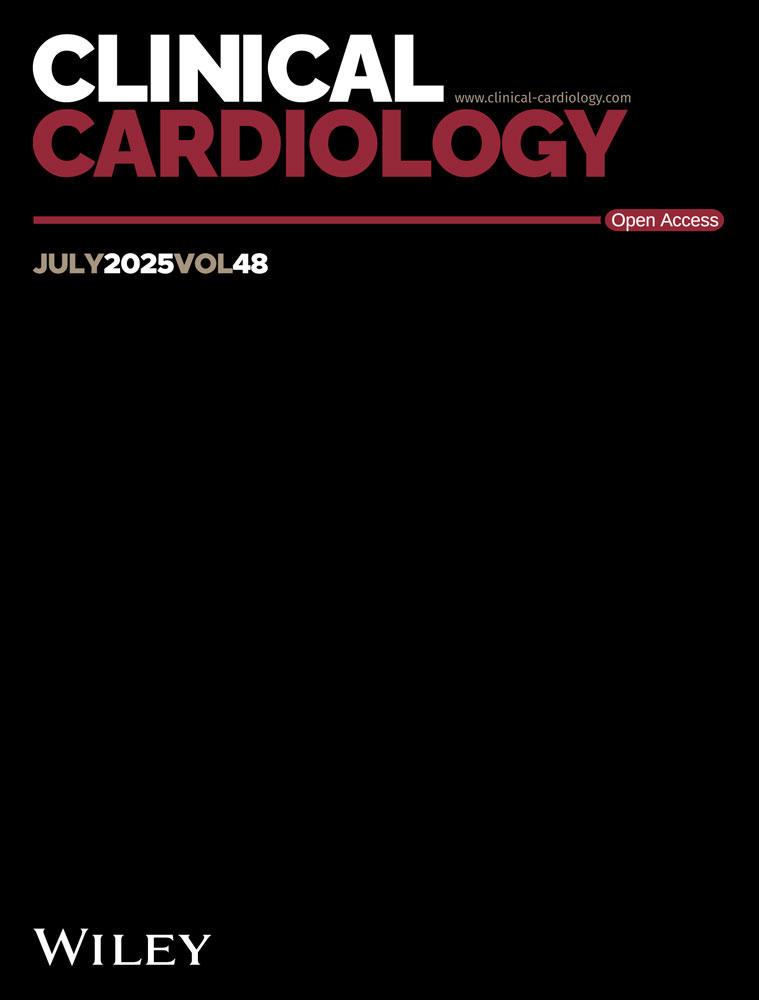Pulmonary artery diastolic pressure: A simultaneous doppler echocardiography and catheterization study
Abstract
Pulmonary hypertension is an important determinant of the clinical presentation of and surgical approach to patients with heart disease. To confirm the utility of continuous wave Doppler echocardiography in assessing the pulmonary artery diastolic pressure in patients with pulmonary regurgitation, 51 patients representing the wide hemodynamic spectrum of pulmonary artery pressure underwent simultaneous determination of pulmonary artery diastolic pressure by continuous wave Doppler echocardiography and cardiac catheterization. Pulmonary artery diastolic pressure was estimated from the Doppler recordings by the end-diastolic pressure gradient obtained by the modified Bernoulli equation plus the estimated right atrial pressure. A correlation was observed (r=0.935, SEE=7.4 mmHg) between Doppler and catheterization pulmonary artery diastolic pressure. In addition, comparison between the mean diastolic pressure. In addition, comparison between the mean diastolic pressure gradient across the pulmonary valve by Doppler and pulmonary artery diastolic pressure at catheterization yielded a high correlation (r=0.947, SEE=5.1 mmHg). These data demonstrate that continuous wave Doppler echocardiography is a useful noninvasive technique for evaluating the pulmonary artery diastolic pressure in patients with pulmonary regurgitation.




